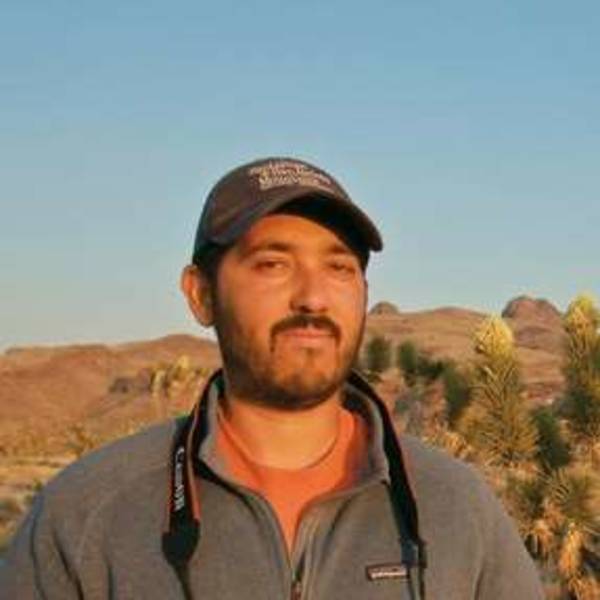A year of irresponsible Interior actions undermines decades of progress for our national parks, wildlife and sacred spaces.
Yesterday was the one-year anniversary of Ryan Zinke taking the oath of office as the 52nd U.S. secretary of the Interior. During his tenure, Secretary Zinke has placed a bullseye target on the California desert, with our national parks, monuments, water, wildlife and sacred wild spaces at its center. Secretary Zinke’s first year of actions undermine over 40 years of progress and have placed over 6 million acres of desert lands in harm’s way.
Last year, Secretary Zinke included Mojave Trails and Sand to Snow National Monuments in his review of 27 national treasures that the agency considered for potential management and — illegal — boundary changes. While Secretary Zinke reportedly “saved” Sand to Snow from losing any of its federal protections, the fate of Mojave Trails remains in limbo with some members of Congress urging Zinke to reduce the monument by more than 500,000 acres to benefit the Cadiz Inc. water mining project. Castle Mountains National Monument, a stunning, wildlife-rich national park site adjacent to Mojave National Preserve and part of the world’s largest Joshua tree forest, was also targeted in Zinke’s recommendations report, and it remains unclear whether the administration will attempt to roll back protections there, too.
Secretary Zinke continued to advance the harmful Cadiz Inc. water proposal, despite the National Park Service and U.S. Geological Survey finding flaws in the company’s science. Secretary Zinke eliminated a required federal review for the project, which would pump 16 billion gallons of groundwater annually from underneath Mojave National Preserve and Mojave Trails National Monument, harming water resources. Recent polling shows that California voters agree by a more than 3-to-1 margin that the project will harm the national preserve and monument. Thankfully, California leadership, including Senator Feinstein, Governor Brown, Lt. Governor Newsom, the Los Angeles Department of Water and Power, Native American Tribes, and the environmental community have called on the state legislature to pass AB1000, a measure requiring the scientific review that the federal government recently exempted Cadiz from.
Our California desert national parks are welcoming record-setting numbers of visitors eager to experience our stark and stunning landscapes, wildlife, sunsets, night sky, and open space. Unfortunately, Secretary Zinke has recommended placing a premium on these experiences, with a proposal to nearly triple entrance fees to Joshua Tree and 16 other national parks during their busiest seasons. In 2016 alone, 2.5 million people visited Joshua Tree, supporting more than 1,700 local jobs and spending over $123 million in surrounding communities. Local businesses rely on a steady stream of park visitors to keep their doors open.
And just last month, at the surprise of state and federal officials and desert communities, the Department of Interior reopened the Desert Renewable Energy Conservation Plan. The plan was the result of an exhaustive and science-driven eight-year process between federal, local and state government, energy producers, conservationists, and recreationists. Reopening the plan threatens the interests of all the parties who worked to carefully ensure a balance between conservation, recreation and development. The agency is currently accepting public comment on this process. To date, the 20,000 people who have weighed in have overwhelmingly supported the plan. There is no appetite in desert communities to reopen a process that could threaten our lands with massive development and change the desert forever.
Secretary Zinke’s policies are out of step with realities on the ground and undercut genuine partnerships between communities and government agencies. The legacy and economy we have built protecting our beautiful world-renowned landscape is working — we must not let the administration threaten all that we have accomplished.
We must stand up and work together to protect our desert. This means fighting the Cadiz project, keeping full protections intact for our national monuments, and speaking out against the national park fee increases and the plan to reopening the Desert Renewable Energy Conservation Plan. It is our generation’s responsibility to protect what has been given to us, and to safely deliver it to the generations to come.
About the author
-
 David Lamfrom Vice President of Regional Programs
David Lamfrom Vice President of Regional ProgramsDavid, the Vice President of Regional Programs, uses his passion and knowledge of our natural, cultural and historical resources to inspire others to learn about and protect our national parks.
-
General
-
- NPCA Region:
- Pacific